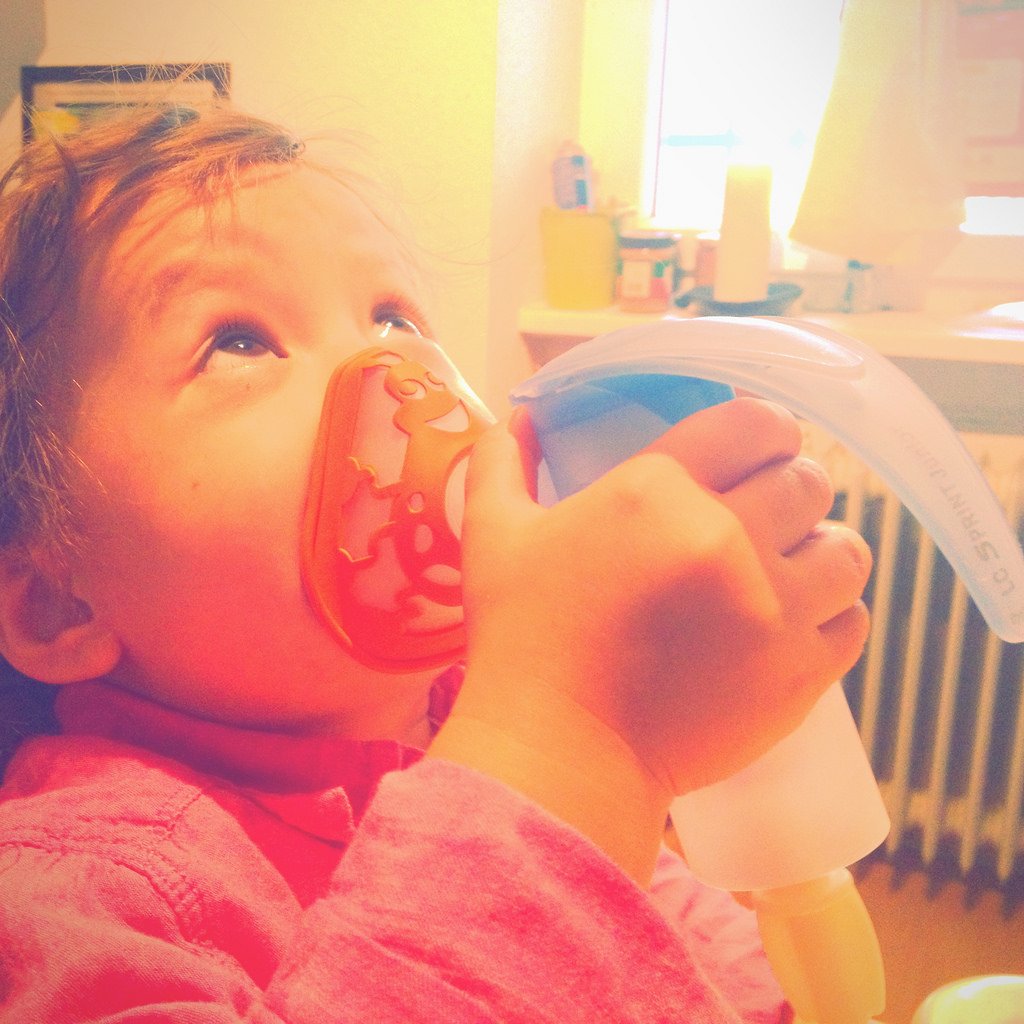
Singapore- Growing up in an environment that is too clean or sterile can increase the risk of developing asthma and allergic rhinitis, warned prominent international specialists who gathered in Singapore for the recently held 9th Singapore Allergy and Rhinology Conference (SARC).
Moreover, higher humidity levels can increase this risk by further facilitating the growth of mould and the proliferation of dust mites, presenting a dangerous mix for tropical Singapore which prides itself on being a clean city state.
“In recent years, we’ve seen an exponential and stunning increase of respiratory diseases in Singapore - one adult in four has allergic rhinitis, one in twenty is asthmatic and one in five children has asthma,” said Prof Wang De Yun, Research Professor and Director of Research at the Department of Otolaryngology, National University of Singapore.
These findings were presented during the pre-symposium organised with an unrestricted grant by the International Menarini Foundation which opened the 9th Singapore Allergy and Rhinology Conference (SARC).
Scientific studies discussed during the pre-symposium session showed that children living in close contact with animals are less prone to the most frequent allergy and asthma subtypes, despite a steady and substantial increase in the prevalence of these subtypes throughout the world in recent years.
The “obsession” for cleanliness and antibiotics abuse shuts down the immune system by eliminating germs essential for its proper activation and “training”. Missing an adequate exposure to virus and bacteria leads to a weakening of our natural defences, since the immune system does not receive the right stimulus needed to grow, activate and react. Therefore, the immune response, held at rest, begins to aggressively react towards usually harmless elements, namely allergens like dust mites, mould and pollen.
Other main allergens commonly found in home environments include pet dander.
Fortunately, experts shared good news too - recent advancements have enabled new cutaneous tests essential for allergy diagnosis, namely Skin Prick Tests that are more sensible and able to identify specific subtypes of dust mites or the pollen parts involved in the triggering of an immune response. Even therapies are becoming more effective, thanks to their precision and targeted approach.
Mobile apps for smartphones and tablets were also in focus at the conference as experts explained how they can also help to manage allergies and chronic sinusitis.
The 9th Singapore Allergy and Rhinology Conference was supported by the Society of Otolaryngology Head & Neck Surgery Singapore (SOHNSS) and the American Academy of Otolaryngology-Head and Neck Surgery (AAO-HNS) and was attended by more than 450 participants, including academics, medical practitioners and students, from 33 countries to discuss both the fundamentals and most recent advancements in allergy and rhinology.




